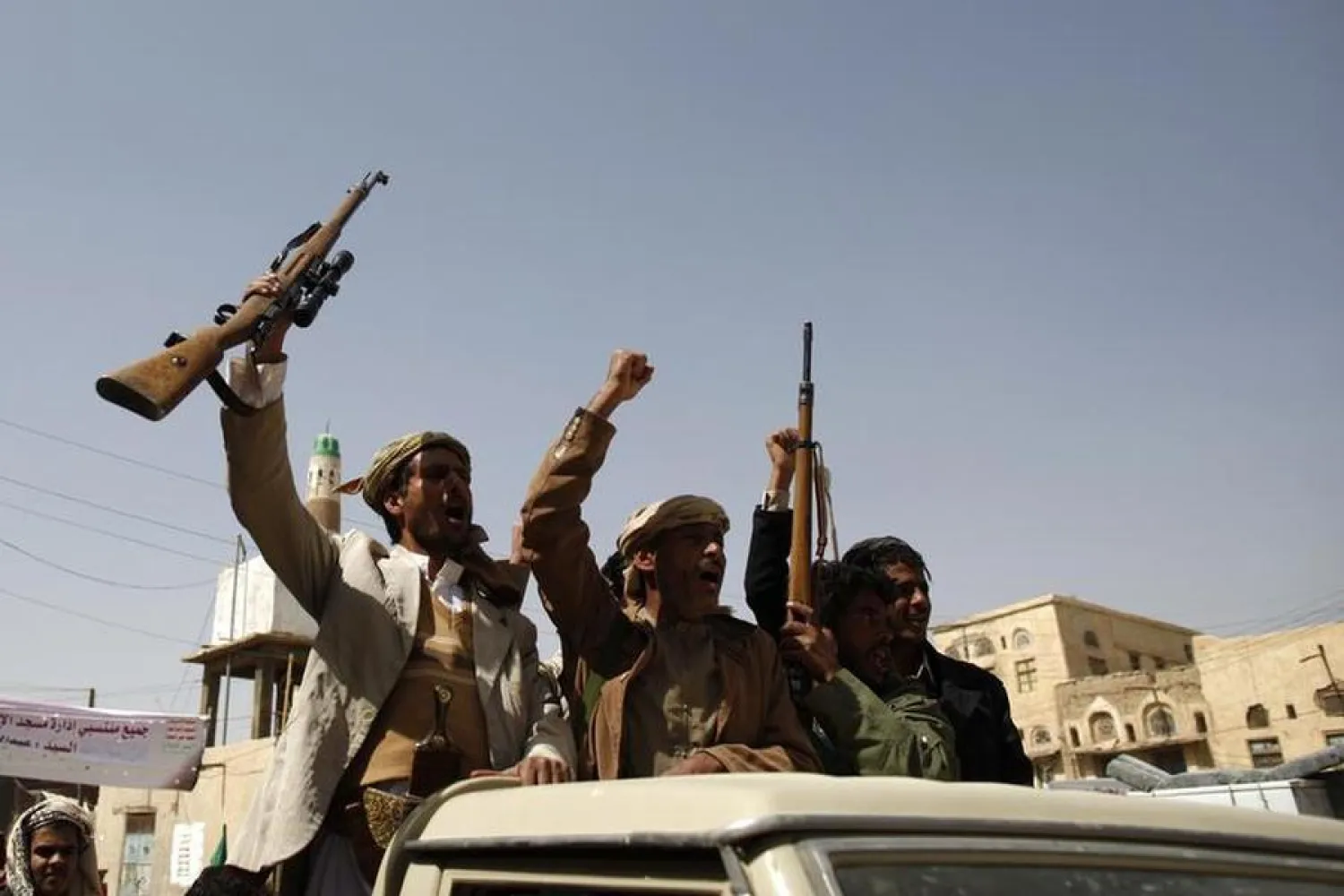Gaza's civil defense agency said Israeli forces killed 18 people on Friday, including 10 who were waiting for aid in the south of the war-ravaged territory.
The fresh deaths came as the United Nations said nearly 800 people had been killed trying to access food in Gaza since late May, when Israel began easing a more than two-month total blockade on supplies.
UN rights office spokeswoman Ravina Shamdasani said most of the deaths occurred near facilities operated by the US- and Israel-backed Gaza Humanitarian Foundation, AFP reported.
"We've recorded now 798 killings, including 615 in the vicinity of the GHF sites," from the time the group's operations began in late May until July 7, Shamdasani said Friday.
An officially private effort, GHF operations have been marred by chaotic scenes and frequent reports of Israeli forces firing on people waiting to collect rations.
The UN and major aid groups have refused to cooperate with the foundation over concerns it was designed to cater to Israeli military objectives and violates basic humanitarian principles.
Responding to the UN's figures, Israel's military said it had worked to minimize "possible friction between the population and the army forces as much as possible".
"Following incidents in which harm to civilians who arrived at distribution facilities was reported, thorough examinations were conducted... and instructions were issued to forces in the field following lessons learned," it added.
Gaza civil defense official Mohammed al-Mughayyir said that 10 people were shot by Israeli forces on Friday while waiting for supplies in the Al-Shakoush area northwest of Rafah, where there are regular reports of deadly fire on aid seekers.
- 'Extremely difficult' -
The civil defense reported six more people killed in four separate Israeli airstrikes in the area of Khan Yunis, in the south of the territory.
Two drone strikes around Gaza City in the north killed two more people, civil defense spokesman Mahmud Bassal told AFP.
There was no immediate comment on the latest strikes from the Israeli military, which has recently expanded its operations across Gaza.
Media restrictions in Gaza and difficulties in accessing many areas mean AFP is unable to independently verify the tolls and details provided by the civil defense agency and other parties.
A Palestinian speaking to AFP from southern Gaza on condition of anonymity reported ongoing attacks and widespread devastation, with Israeli tanks seen near Khan Yunis.
"The situation remains extremely difficult in the area -- intense gunfire, intermittent airstrikes, artillery shelling, and ongoing bulldozing and destruction of displacement camps and agricultural land to the south, west and north of Al-Maslakh," an area to Khan Yunis's south, said the witness.
Israel's military said in a statement that its soldiers were operating in the area, dismantling "terrorist infrastructure sites, both above and below ground", and seizing "weapons and military equipment".
The civil defense also reported on Friday five people killed in an Israeli strike the previous night on a school sheltering displaced Palestinians in Jabalia al-Nazla, in northern Gaza.
Nearly all of Gaza's population has been displaced at least once during the more than 21-month war, which has created dire humanitarian conditions for the more than two million people living there.
Many have sought shelter in school buildings, but these have repeatedly come under Israeli attack, with the military often saying they were targeting Hamas militants hiding among civilians.







